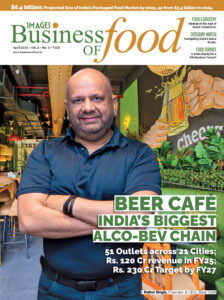In an era where time is increasingly equated with money, a seismic shift is underway in India’s e-commerce sector. Quick commerce (Q-commerce), once limited to the realm of grocery delivery, has exploded into a broader retail revolution. What was once considered an innovation in logistics is now becoming a consumer expectation—an expectation driven by a…




